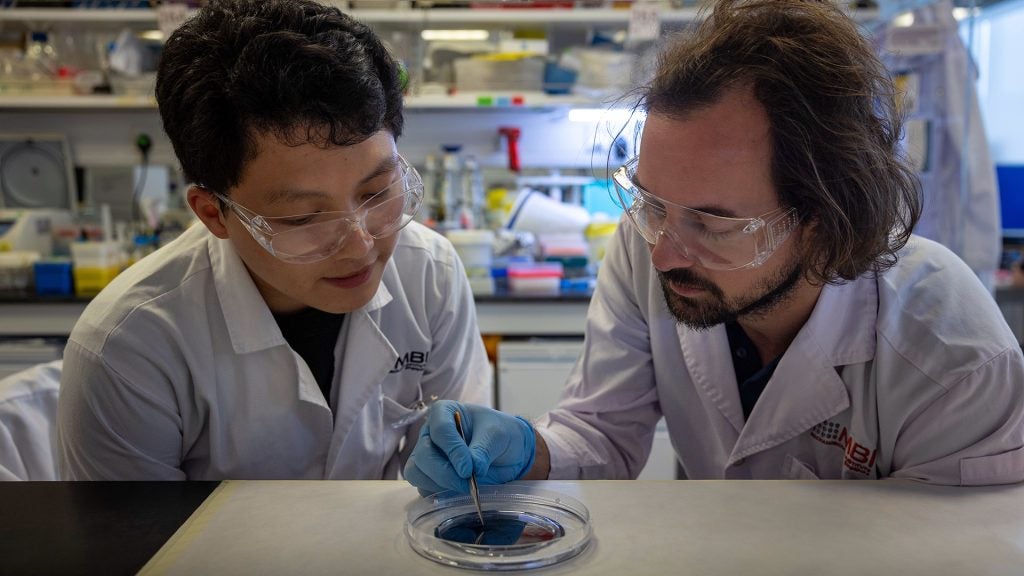
As disruptions continue to occur in the present job market, possessing both relevant and suitable skillsets would be crucial for success. The traditional debate on the prioritization between soft and hard skills is transforming into a concern for versatility as the current economy reflects an increasing demand for candidates with a broader set of skills. With our students bearing the brunt of the changing skill requirements, they too have been active in their efforts to building up these skills, as well as creating opportunities for their peers.
The Built Environment Case Competition (BECC) is organized by the Civil Engineering (CE) Club to expose students to the Built Environment industry and work with people across various disciplines.
Co-Chairpersons Lee Shyh Haur and Quek Yong Xiang shares that the competition aims to create opportunities for collaboration and to raise awareness on the challenges within the industry which commonly faces problems with the onset of increased digitalization and manpower allocation. "Placing our participants in the perspective of these companies would provide a better clarity on the reality of the Built Environment. They would also be working with people outside the industry." The organizing committee opened the Case Competition to students of all faculties to provide an avenue to foster problem-solving skills, communication and teamwork.

The Multi-Disciplinary aspect of the competition is also clearly reflected in the composition of this year's winning team: BEpossible, whose members include Sean Ang (School of Computing), Ko Jia Le (School of Computing) and Claire Tham (School of Design & Environment).
The solution is a mobile and web application (BEEs) which provides an End-to-End solution for improving manpower allocation. Sean also highlights that the solution aims to bridge the gap between contractors and laborers. The algorithms used in manpower allocation are also capable in terms of planning dormitories.
"Identifying our customer needs would take on a project-centric consultation for better facilitation. With its End-to-End nature, we aim to be the one-stop shop and cut out the middleman."
The planning committee has also brought in the involvement of industry professionals to provide additional insight and advice for participants. This further establishes internship opportunities for students with a growing interest in the Built Environment Industry. "The Built Environment is available to anyone with interest. When we pass this event forward we would highlight this point, that it should be an exposure competition for any student to explore beyond their boundaries." Co-chairperson Yong Xiang hopes that its open nature will help inspire prospective students to join this competition.
The informative case studies were also a plus point in the case competition, allowing students to better understand current industries while providing a collaborative environment. Participants were well-equipped and informed with relevant statistics and technologies in terms of approaching constructions and built-modelling. The availability of such resources allows even students from non-engineering backgrounds to find out more about the Built Environment industry.
"The Multi-Disciplinary aspect is very real here, studying technology alone is pointless if we cannot find a way to apply it. The competition places us in a very good position to apply our technical knowledge to real life situations; to create solutions for real-life problems." Jia Le and Sean, having come from computing backgrounds, were able to come up with the proper methodologies for the technical components. Claire was able to utilize her financial expertise in the Real Estate domain to create its business cash model.
"With so many disciplines in school, it is advisable to encourage diversity in one team to create a holistic solution. In the workplace, there would also be interactions with people of different backgrounds."
Education remains the best measure for proper re-skilling. To ensure adequate preparation for future job markets, there is a growing need for education institutions, businesses and the government to work in tandem. The rigour of keeping our workforce up to date with current labor demands can be alleviated if given the appropriate attention and resources.
While current efforts such as the Adapt & Grow initiative and traineeships have been effective in terms of providing short-term employment opportunities, proper re-skilling of our workforce in the long term would likely require a thorough evaluation and consideration of our education curriculum. Equipping students with transferable knowledge and skillsets will allow them to remain adaptable and prepared for the Digital Economy.





